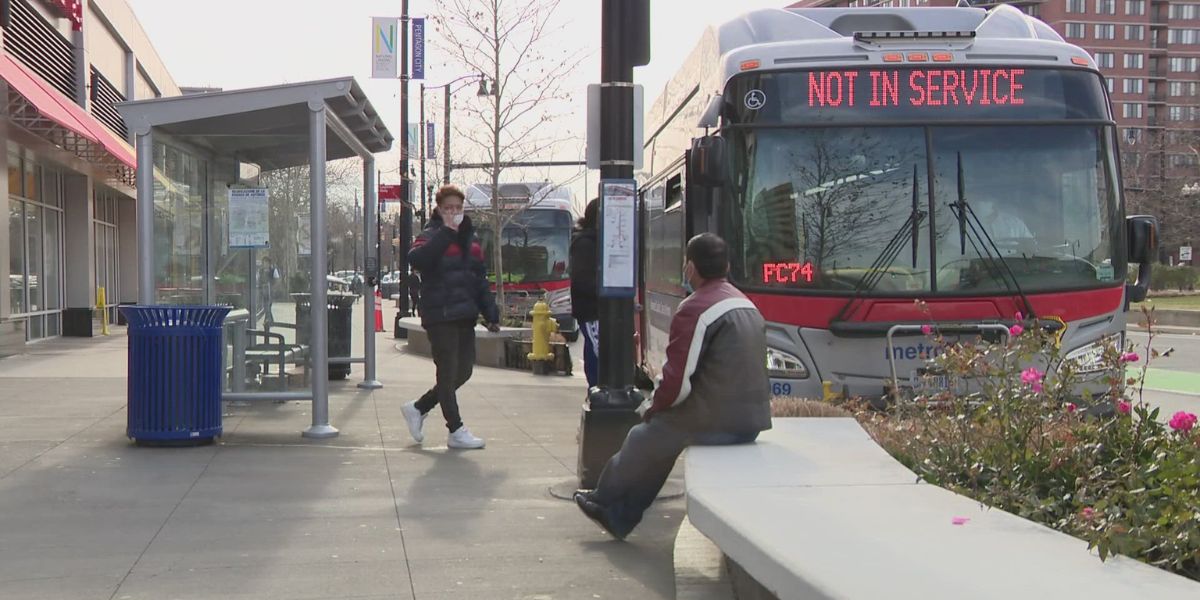WASHINGTON —
More than 500 bus stops across the D.C. region are set to disappear this summer as part of the Washington Metropolitan Area Transit Authority’s (WMATA) ambitious effort to overhaul the Metrobus system.
Dubbed the “Better Bus Network,” the initiative aims to streamline service, improve travel times and enhance safety for riders—and that means cutting down on the number of stops.
Why are the stops going away?
It’s all about speed, reliability, and safety.
Buses that stop less often can move faster and stick to more predictable schedules. WMATA says the targeted bus stops are mostly those that see low ridership, are dangerously positioned without crosswalks or sidewalks or are located within 660 feet of another stop.
According to the agency, this stop consolidation is a key step toward making the system work better for everyone, especially riders who rely on buses as their main mode of transportation.
“Buses keep our region moving, providing more than 500,000 trips each day. Through the Network Redesign, we took a fresh and detailed look at our bus service and routes to serve you better,” said WMATA in a statement.
How many stops are being removed?
Roughly 510 bus stops will be eliminated under the new plan, affecting routes across the District, Maryland and Virginia. WMATA says every removal has been carefully reviewed to avoid disrupting service for riders who depend on it daily.
Why are routes being renamed?
Routes are also being renamed to make the Metrobus system easier to understand and use. The current letter-number combinations can be confusing and don’t give riders much information about where a bus goes. Under the new Better Bus program, each route name will clearly indicate the area it serves and its neighborhood, helping riders quickly figure out which bus they need without memorizing complex codes.
When do the changes take effect?
The new network—complete with redesigned routes and fewer stops—is scheduled to roll out on June 29.
What does this mean for riders?
If you catch the bus at a stop that’s on the chopping block, you may have to walk a bit farther to reach the next closest stop. But WMATA argues that the trade-off will be worth it: faster buses and more dependable schedules.
Still, the idea of removing hundreds of stops has raised eyebrows, especially in neighborhoods where access to transit is already limited. WMATA says they’re listening to community feedback and plan to make adjustments where necessary.

